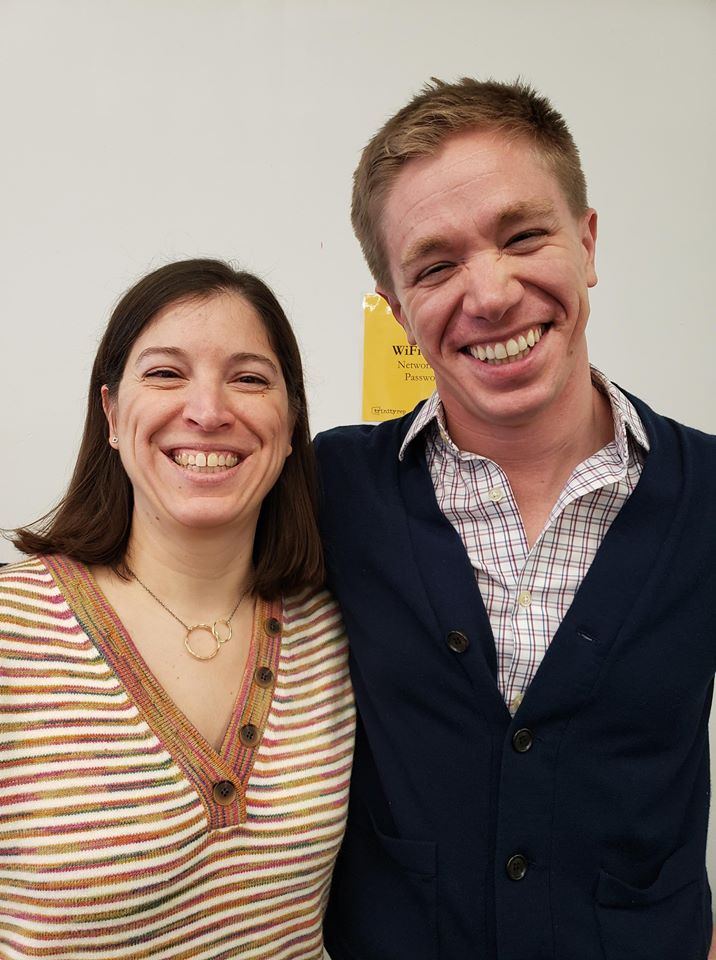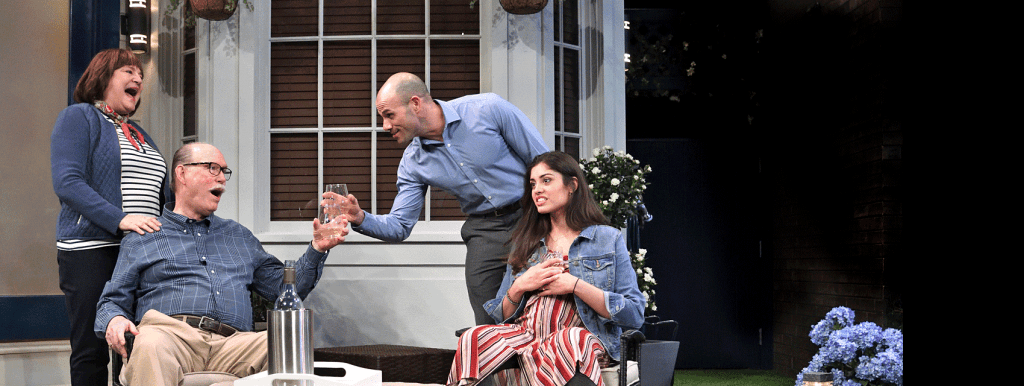1/22/20
By Tyler Dobrowsky

In putting together the season of plays for this year, the most timely, necessary and trenchant theme we wanted to explore was how individual, personal stories intersect with larger, historical political forces. This theme was obviously at work on a more local level in the first show of the season, The Prince of Providence (though if Buddy were here I’m sure he would urge me to say it was no less grand or important for being local!). The theme of the personal and the political could also be found in a contemporary TV writer’s room in our last show, Fade by Tanya Saracho, and it’s certainly crucial to the plot of August Wilson’s Radio Golf, currently in rehearsals across the street, where the character of Harmond Wilks grapples between his political ambitions versus his personal morality. But perhaps no other show in our season encapsulates this theme of individuals caught up in the maelstrom of history in more epic, daring fashion than in this truly theatrical adaptation of one of the greatest novels of all time, A Tale of Two Cities by Charles Dickens and adapted by (equally impressive!) Brian McEleney.
A Tale of Two Cities. God, where to even begin? The vibrant, colorful, specific characters that live with you forever? The beautiful, poetic, heartfelt Dickensian language? The stories of love, romance, family and forgiveness thrown in stark relief against the French Revolution, one of the most far-reaching and profoundly significant periods of social and political upheaval in human history? It is all that and more, of course — a glorious, swashbuckling adventure, one that feels true to it’s time, but because it centers personal relationships (of love, of family, of revenge) it also feels of-the-moment and ultimately timeless.
What I love about Brian’s fleet, fast-paced, actor-driven adaptation is how it refuses to let the play be a normal, run of the mill period-piece, but in fact draws out the parallels to our present day, and I have tried to honor that impulse in the design. Toni Spadafora‘s wonderful modern day costumes nod to the late eighteen century, but are firmly rooted in the fashion of today. The set design, by the remarkable Eugene Lee and Patrick Lynch, lands the play in a modern public library, and — in true Trinity Rep fashion — the non-realistic setting not only allows us as artists to create fun, inventive staging opportunities, but also invites the audience to imagine the world of the play on their own. Joel Thibodeau‘s music is impressionistic, incredible, buoyant, and lends a contemporary immediacy to the show.
We live in remarkable times. To invent a phrase purely all my own, it truly does feels like the best of times, and the worst of times. Over the past few years, we have been blessed to see the election of the first Black president, to see gay marriage ruled as the law of the land, and for all of us to have the ability to access a world of information right in our pocket, while at the same time watching the deleterious effects of climate change continue unabated, the systemic disenfranchisement and marginalization of Black and Brown people, and the current destruction of democratic norms and the rise of fascism around the world.
A Tale of Two Cities doesn’t address these topics directly — how could it? But it does depict a world at war with itself. Divisive, vengeful, mad…but, crucially, also hopeful and capable of redemption. The book concludes with Sydney Carton, about to sacrifice himself and be put to death, looking out over the world at the moment of his death. For a man thought to be past all hope, he looks out at the world, out into the future, and thinks “I see a beautiful city and a brilliant people rising from this abyss, and in their struggles to be truly free, in their triumphs and their defeats, through long years to come, I see the evil of this time gradually making expiation for itself and wearing out. I see the lives for which I lay down my life, peaceful, useful, prosperous and happy…it is a far far better thing I do, than I have ever done; it is a far far better rest that I go to than I have ever known.”
I feel blessed to tell this story with all of you. I think it will be a great adventure. I can’t wait to begin. And now, for what I’m sure will be the first of many times, I ask, “Kristen, what are we doing next?”
